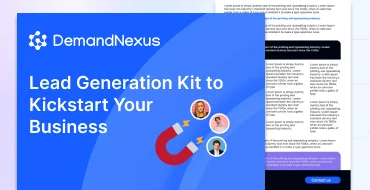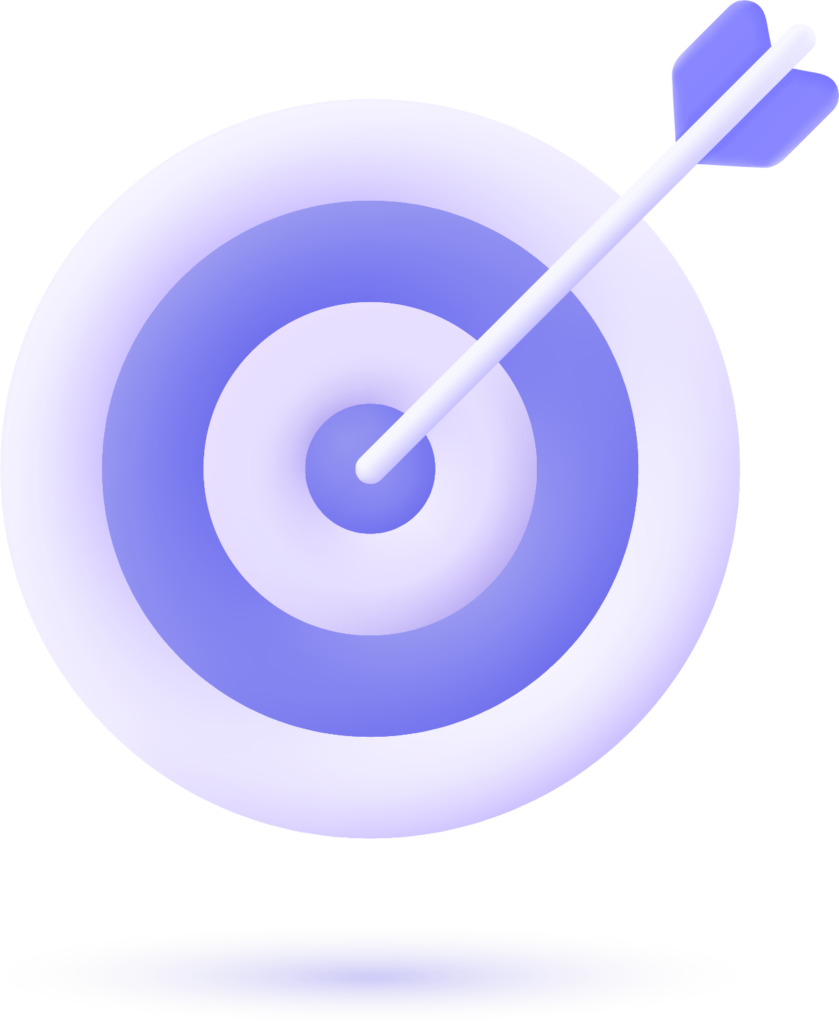Introduction
Sales Development Representatives (SDRs) are an integral part of any high-performing sales team, playing a crucial role in driving growth by identifying and nurturing potential leads that align with a company’s goals. In today’s high-tech B2B landscape, where DemandNexus operates, understanding the Sales Development Representative role can be a game-changer for businesses seeking to accelerate their pipeline growth through strategic demand generation and lead intelligence.
What is a Sales Development Representative (SDR)?
A Sales Development Representative (SDR) is responsible for the initial stages of the sales process, focusing primarily on lead generation and qualification. They bridge the gap between marketing and sales by ensuring that potential customers are engaged and qualified before they are passed to account executives for further follow-up. SDRs utilize a variety of tools and data insights to target the right prospects, making them an essential component in the sales process.
The Evolution and Importance of SDRs
The SDR role has evolved significantly with the advent of advanced technology and data-driven marketing strategies like those provided by DemandNexus. In a competitive digital landscape where precision and personalized outreach are key, SDRs are more important than ever. By employing insights from predictive analytics and intent data, SDRs can streamline the identification of high-value prospects, ensuring efficient and effective sales processes.
Quick Tip: Personalizing Outreach with Intent Data
Key Responsibilities of SDRs
- Lead Qualification: Assessing and categorizing leads based on their potential to progress in the sales funnel.
- Prospect Outreach: Engaging prospects through personalized communication, leveraging intent data to ensure relevance and improve outcomes, as explained in our guide to a higher appointment rate
- Data Analysis: Utilizing predictive analytics to prioritize leads and optimize outreach strategies.
- Collaboration with Sales and Marketing: SDRs work closely with marketing teams to craft targeted messages and with sales teams to transition qualified leads seamlessly.
Top 5 Benefits of a Strong SDR Team
- Improved Lead Quality:SDRs ensure only high-quality leads are passed to sales, reducing wasted effort by following strategies like those in how to generate sales leads.
- Increased Conversion Rates: By nurturing leads early, SDRs enhance the likelihood of conversion.
- Efficient Sales Process: SDRs help to streamline the sales cycle by qualifying and warming up leads.
- Better Resource Allocation: Focused prospecting means resources are not expended on unqualified leads.
- Enhanced Customer Insights: Constant interaction with potential clients helps gather valuable insights for improving marketing strategies.
Stat Spotlight: Why Early Nurturing Matters
Early lead nurturing is a game-changer. Industry data shows nurtured leads boost conversion rates by 20%, and 50% of B2B buyers value engagement before they’re ready to buy. SDRs excel here, using DemandNexus’s analytics to identify and warm prospects with timely, relevant outreach.For example, a quick email addressing a prospect’s pain point—like inefficient data sync—can keep them engaged. By starting conversations early, SDRs pave the way for smoother sales cycles and higher close rates, maximizing your team’s impact.
Success Strategies for SDRs
Step-by-Step Guide to Effective Prospecting
- Understand Your Target Audience: Leverage demographic, firmographic, and behavioral data to identify potential prospects that align with your brand’s goals.
- Utilize Technology: Incorporate tools like predictive analytics and AI to refine your list of potential leads.
- Craft Personalized Outreach: Tailor communication based on the insights gathered to create meaningful connections, choosing the right approach as discussed in cold calling vs. cold emailing
- Quantify and Analyze Results: Regularly review key metrics such as open rates and conversion rates to adjust strategies accordingly.
Common Mistakes to Avoid
- Ignoring Data Insights: Bypassing available data can lead to missed opportunities and inefficient prospecting.
- Over-Reliance on Scripts: Failing to personalize communication may result in lower engagement.
- Neglecting Follow-Up: Without timely and persistent follow-ups, potential leads might lose interest swiftly, impacting appointment setting costs and efficiency.
Stat Snapshot: SDRs Shorten Sales Cycles
Tools and Resources for SDRs
- CRM Systems: Platforms like Salesforce or HubSpot to manage and track interactions.
- Data Analytics Tools: Leverage tools like Tableau or Google Analytics for in-depth data analysis.
- Email Automation Software: Use tools such as Mailchimp or Outreach for streamlined communication.
Key Takeaways
The role of a Sales Development Representative is pivotal in optimizing a business’s lead generation efforts. By leveraging strategies and tools that align with the modern B2B landscape, as emphasized by DemandNexus, SDRs can accelerate growth and enhance sales efficiency, especially when building a team as outlined in how to hire an appointment setter
FAQs
Q1: What are the benefits of a Sales Development Representative (SDR) Role?
SDRs enhance lead quality, improve conversion rates, streamline the sales process, allow better resource allocation, and provide comprehensive customer insights.
Q2: How does the SDR role work?
SDRs qualify leads through data-driven strategies, engage prospects with personalized communication, and bridge efforts between marketing & sales.
Q3: How do SDRs juggle multiple leads?
Use CRM dashboards to track tasks and prioritize high-scoring leads daily.
Q4: What’s the best time for outreach?
Data shows early mornings (8-10 AM) yield higher responses—schedule calls then.
Q5: Can SDRs scale outreach?
Yes—DemandNexus’s automation streamlines emails, freeing time for calls. Efficient time management ensures SDRs stay productive without overwhelm, maximizing pipeline growth



